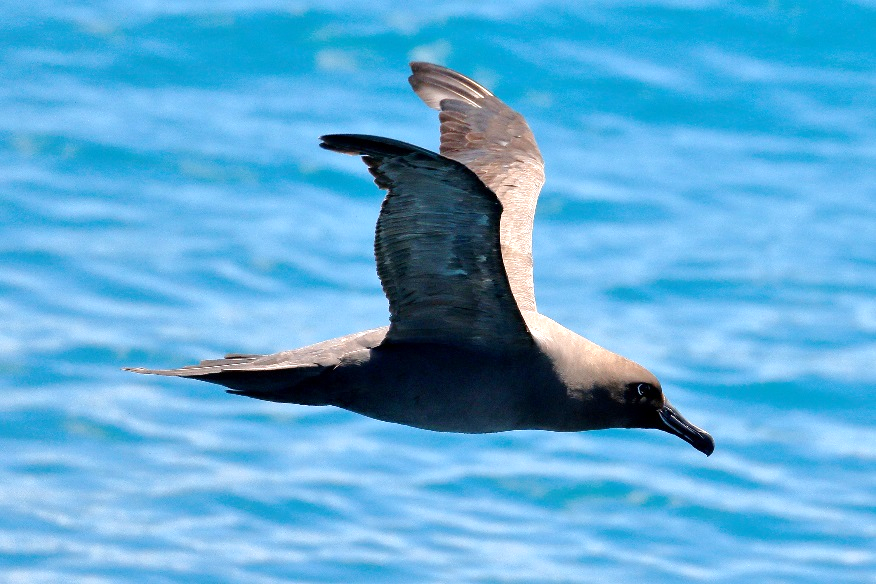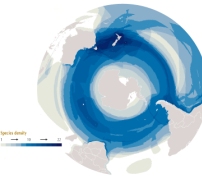
Threats such as commercial fisheries expansion, invasive species at nesting sites, and plastic pollution have contributed to making seabirds the most threatened bird group. This is unsurprising when considering that the threat of longline fisheries alone results in an estimated 300,000 seabird deaths per year. The highest densities of threatened seabirds are found in international waters in the southern oceans, with a particular concentration around New Zealand.

The ranges of globally threatened seabirds cover both marine areas in the Economic Exclusion Zones of many countries and also large parts of the open oceans outside national sovereignty. For example, the highest densities of threatened seabirds are found in international waters in the southern oceans, with a particular concentration in the Tasman Sea and the south-western Pacific around New Zealand (see figure). International cooperation is therefore required to conserve such species, many of which are threatened through incidental capture by commercial longline fisheries.
For example, 15 of the 22 species of albatross (i.e. 68% of their Family, Diomedeidae) are currently threatened with extinction, including the Endangered Sooty Albatross Phoebetria fusca, pictured above, which has a range extending from 20°S to 65°S. These seabirds perform epic migrations, largely in the Southern Ocean where they are unfortunately caught as bycatch due to their fatal attraction to the baited hooks of longline fisheries. These fantastic birds have one mate for life and lay only a single egg once every one or two years. The loss of a parent or chick can therefore have catastrophic consequences. BirdLife International’s combined efforts with the RSPB (BirdLife in the UK) over the past ten years on their Albatross Task Force has reduced the number of albatrosses caught on South African longlines by 99%. Nevertheless, bycatch and mortality of these and other seabirds continues to be high overall.
Related Case Studies in other sections
Related Species
References
Compiled: 2004 Last updated: 2017
Recommended Citation:
BirdLife International (2017)
The southern oceans are important for threatened seabirds.
Downloaded from https://datazone.birdlife.org/sowb/casestudy/the-southern-oceans-are-important-for-threatened-seabirds on 22/12/2024